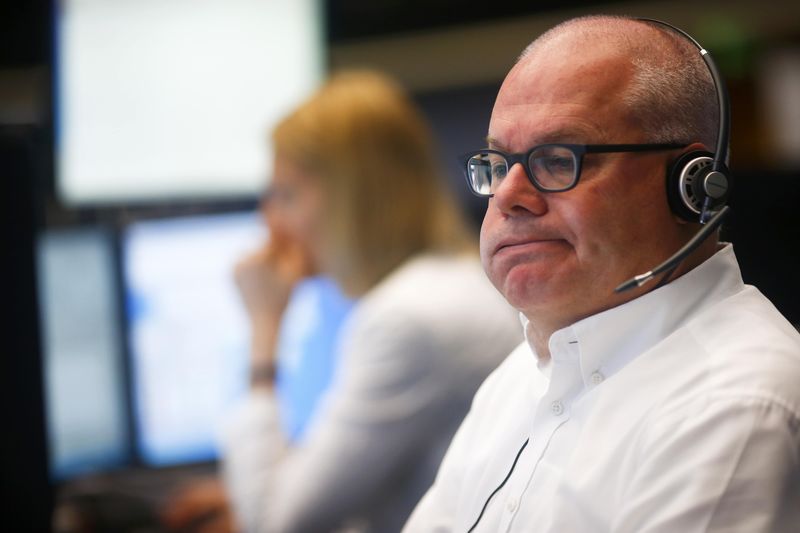Australia’s annual inflation rate fell to a 3.5-year low of 2.8% in the September quarter, down from 3.8% in mid-year, according to the Australian Bureau of Statistics (ABS).
The drop signals easing inflationary pressures, with quarterly inflation rising by only 0.2% compared to the 1% rise seen in the June quarter, marking the lowest increase since the June 2020 pandemic period.
ABS head of price statistics Michelle Marquardt attributed the slowing inflation to falling fuel and electricity prices, with government rebates easing power costs across states. Marquardt noted that without these rebates, electricity prices would have risen by 0.7% in the quarter.
While goods inflation dropped from 3.2% annually to 1.4%, services inflation edged up to 4.6%, driven by higher rents, insurance and childcare expenses.
Food price inflation remained steady at 3.3% annually, though fruit and vegetable prices climbed 8.6% over the year due to unfavourable weather, countering lower dairy prices.
Chance of RBA rate cut dips
The Reserve Bank of Australia (RBA) forecasts headline inflation to drop to 3% by year’s end, yet anticipates underlying inflation will stay above the 2-3% target. Following the inflation data release, the chance of a rate cut this year dipped from 30% to 20%, with RBA concerns over “sticky” services inflation.
Economist Callam Pickering said, “Service sector inflation isn’t compatible with meeting the RBA’s 2-3% target on a consistent basis.”
Conversely, Deloitte’s Stephen Smith argues a rate cut is warranted as households feel the pressure, with “predominantly supply-side” cost pressures now beyond interest rate control.
